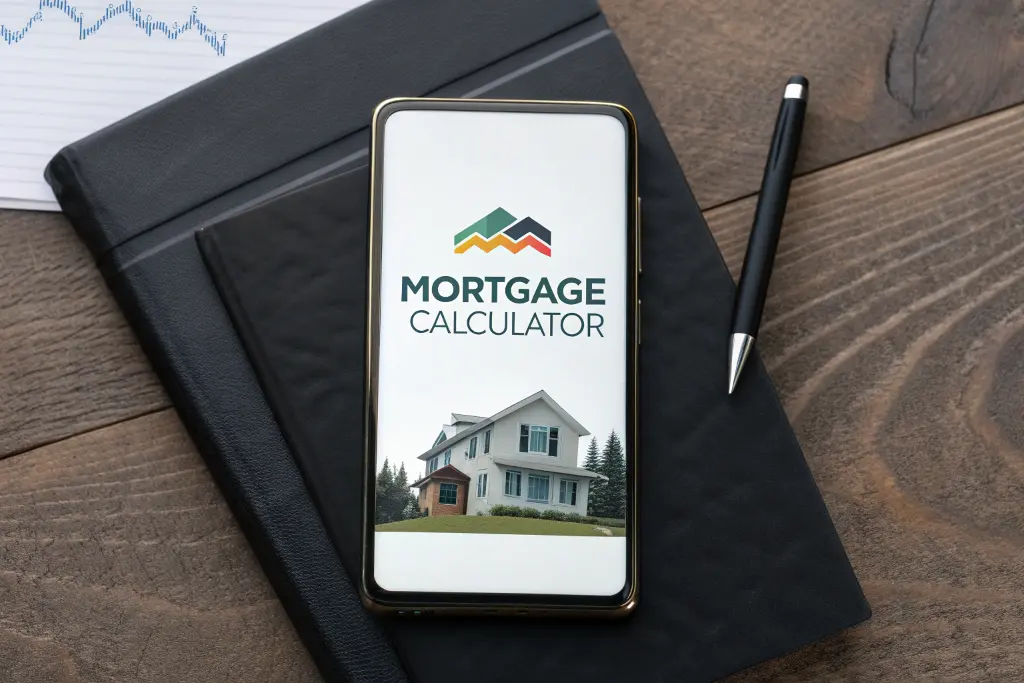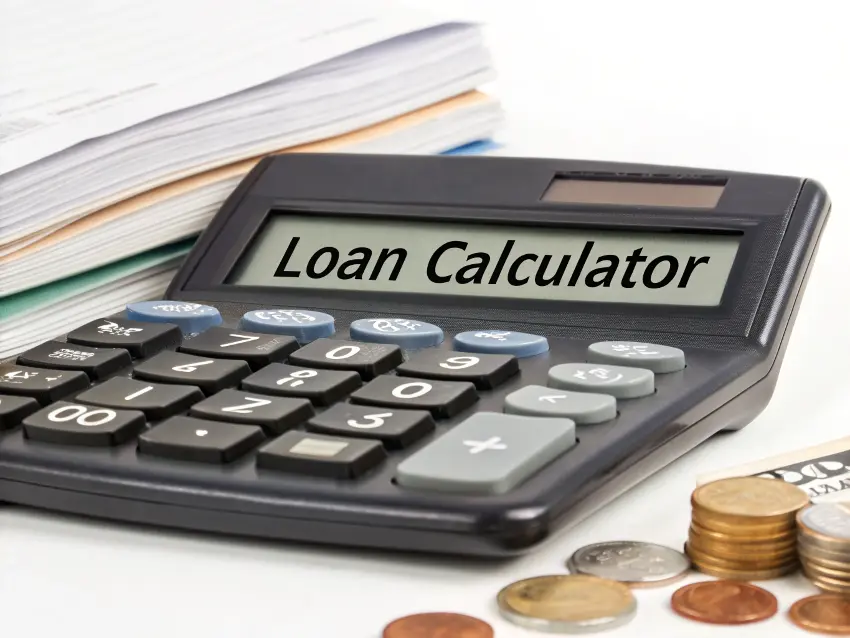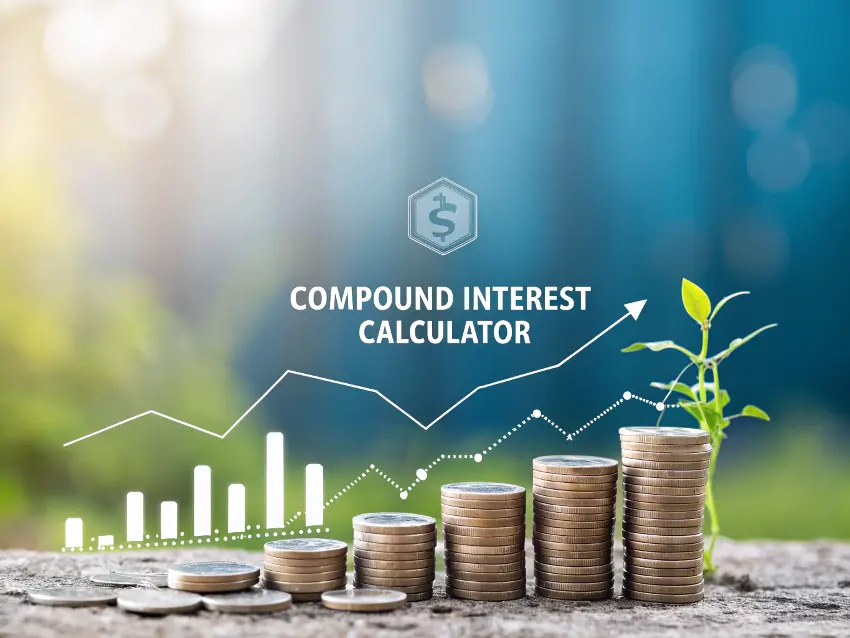Mortgage Calculator
Calculate your monthly mortgage payments, visualize amortization schedules, and understand the total cost of homeownership with our comprehensive mortgage calculator.

Mortgage Details
$
$
%
%
Latest rates: 30 Years: 6.5%, 15 Years: 5.8%
Taxes & Costs
$
$
%
$
$
Monthly Payment:
$0.00
Principal & Interest$0.00
Property Tax$0.00
Home Insurance$0.00
House Price
$400,000.00
Loan Amount
$0.00
Down Payment
$80,000.00
Down Payment %
20.0%
Total of 360 Payments
$0.00
Total Interest
$0.00
Payoff Date
12/2025
Down Payment: $80,000.00
Loan: $0.00
Understanding Mortgages
What is a Mortgage?
A mortgage is a loan specifically designed for purchasing real estate. When you take out a mortgage, the property itself serves as collateral for the loan. This means if you fail to make payments, the lender can take possession of the property through foreclosure.
Key Mortgage Terms
Principal
The original amount borrowed from the lender.
Interest Rate
The percentage charged by the lender for borrowing the money, typically expressed as an annual percentage rate (APR).
Loan Term
The length of time to repay the mortgage, typically 15, 20, or 30 years.
Down Payment
The initial payment made when purchasing a home, usually expressed as a percentage of the home's price.
PMI (Private Mortgage Insurance)
Insurance required when the down payment is less than 20%, protecting the lender if the borrower defaults.
Escrow
An account where funds for property taxes and insurance are held and paid by the lender on the borrower's behalf.
Types of Mortgages
Fixed-Rate Mortgage
The interest rate remains the same throughout the life of the loan, providing predictable monthly payments.
Adjustable-Rate Mortgage (ARM)
The interest rate fluctuates based on market conditions after an initial fixed period, potentially resulting in changing monthly payments.
FHA Loan
A government-backed loan with lower down payment requirements, making homeownership more accessible.
VA Loan
A loan guaranteed by the Department of Veterans Affairs for eligible veterans, active-duty service members, and their spouses.
Tips for Using This Calculator
- Experiment with different down payment amounts to see how they affect your monthly payment and potential PMI costs.
- Compare different loan terms (15, 20, and 30 years) to understand the trade-offs between monthly payment amounts and total interest paid.
- Include taxes and insurance costs for a more accurate picture of your total monthly housing expense.
- Review the amortization schedule to see how payments are applied to principal and interest over time.
- Use the results to determine a comfortable home price range based on your budget and financial goals.
Important Note
This calculator provides estimates based on the information you enter. Actual mortgage terms, rates, and costs can vary based on your credit score, location, and other factors. Always consult with a mortgage professional before making financial decisions.
Mortgage Essentials: Understanding Your Home Loan
A mortgage is likely the largest loan you'll ever take. Understanding the fundamentals of how mortgages work can help you make informed decisions and potentially save tens of thousands of dollars over the life of your loan.
How Mortgage Amortization Works
Mortgage amortization is the process of paying off your loan through regular payments that include both principal and interest.
In the early years of your mortgage, a larger portion of each payment goes toward interest rather than principal. As time passes, this ratio gradually shifts, with more of each payment reducing the principal balance.
This is why making extra principal payments early in your loan term can have a significant impact on reducing the total interest paid and shortening your loan term.
Payment Breakdown Example
$300,000 mortgage at 6% for 30 years
First Payment:
Principal: $300Interest: $1,500
After 15 Years:
Principal: $900Interest: $900
Last Payment:
Principal: $1,790Interest: $10
Types of Mortgages Compared
| Mortgage Type | Interest Rate | Down Payment | Best For | Considerations |
|---|---|---|---|---|
| Conventional | Fixed or Adjustable | Typically 5-20% | Borrowers with good credit and stable income | PMI required for down payments under 20% |
| FHA | Often lower than conventional | As low as 3.5% | First-time buyers or those with limited credit history | Mortgage insurance for the life of the loan |
| VA | Typically lower than conventional | 0% down option | Military service members, veterans, and eligible spouses | One-time funding fee; no mortgage insurance |
| USDA | Competitive fixed rates | 0% down option | Low to moderate-income borrowers in rural areas | Geographic restrictions; income limits apply |
| Jumbo | Typically higher than conventional | Often 10-20% | High-value homes exceeding conforming loan limits | Stricter credit requirements; higher reserves needed |
Fixed vs. Adjustable Rate Mortgages
Fixed Rate Mortgage
- • Interest rate remains constant for the entire loan term
- • Predictable monthly payments - never increases
- • Peace of mind regardless of market fluctuations
- • Higher initial rate compared to ARMs
- • Popular terms: 30, 15, and 20 years
Adjustable Rate Mortgage (ARM)
- • Lower initial rate for a fixed period (3, 5, 7, or 10 years)
- • Rate adjusts periodically after initial period
- • Potential for lower payments if rates decrease
- • Risk of higher payments if rates increase
- • Caps limit how much rates can increase
Pro tip: Consider an ARM if you plan to move or refinance before the initial fixed-rate period ends. Fixed rates are better for long-term homeownership.
Mortgage Points Explained
Mortgage points are fees paid directly to the lender at closing in exchange for a reduced interest rate. This is also called "buying down the rate."
Discount Points
- • Each point costs 1% of your mortgage amount ($2,000 per point on a $200,000 mortgage)
- • Typically lowers your rate by 0.25% per point
- • Tax-deductible in the year you pay them
Break-Even Analysis
Calculate how long it takes to recoup the cost of points through monthly savings:
Break-even point = Cost of points ÷ Monthly savings
Example: $4,000 in points ÷ $100 monthly savings = 40 months to break even
Pro tip: Buying points generally makes sense if you'll keep the mortgage longer than the break-even period. If you plan to sell or refinance before then, points may not be worth the cost.
Strategies to Save on Your Mortgage
Make Biweekly Payments
Pay half your monthly payment every two weeks instead of a full payment once a month. This results in 13 "monthly" payments each year instead of 12.
Potential savings: Up to $30,000 on a 30-year $300,000 loan
Make Extra Principal Payments
Add extra money to your monthly payment, specifically designated for the principal. Even small additional amounts can significantly reduce your loan term.
Potential savings: $50,000+ in interest over the loan term
Refinance Strategically
Consider refinancing when rates drop substantially, but factor in closing costs. A good rule: refinance if you can reduce your rate by at least 0.75-1%.
Potential savings: $100+ monthly with a 1% rate drop
Challenge Your Property Tax Assessment
If you believe your home is assessed higher than its actual value, appeal your property tax assessment. Many homeowners successfully reduce their annual property taxes.
Review comparable sales in your area and submit evidence of your home's true value to your local tax assessor's office.
Remove PMI When Eligible
Private Mortgage Insurance (PMI) can be removed once you reach 20% equity in your home on conventional loans. Contact your lender when you reach this threshold.
You may need to pay for a new appraisal to confirm your home's current value, particularly if property values have increased in your area.
Related Calculators
Explore more calculators to solve your calculation needs



